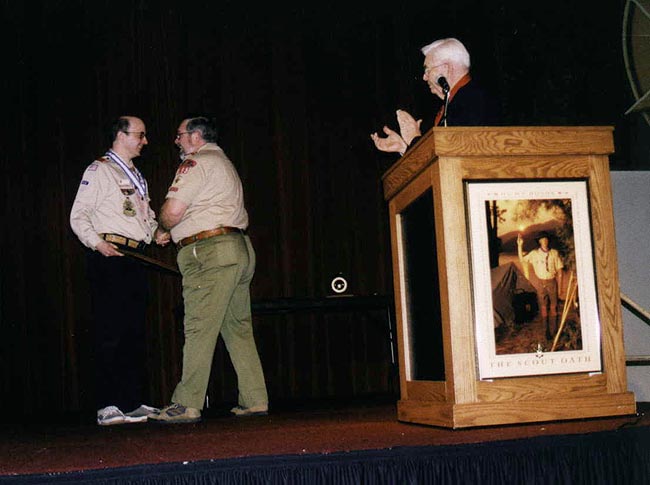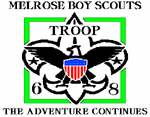Roundtables need to meet a few requirements if you want Scout leaders to attend them. They need to be informative. They need to offer worthwhile training. They need to offer a wide variety of topics, not just the same old thing year after year. They need to offer something for the new leaders, and something for the experienced crowd. But most of all, they need to be fun!
I have attended many good roundtables, and many boring ones. Any meeting that expects me to sit there for ninety minutes listening to a lecture is NOT a good meeting in my book. If that speaker is someone with a monotone voice that likes to drone on and on then I will be fidgeting in my seat.
I know the national office publishes meeting suggestions for roundtables. I also know that not every roundtable staff uses them. Sometimes the national suggestions are not compatible with a district’s agenda. It does not matter if the staff uses the nation book or makes their own agendas, but they need to make the meetings worthwhile for adult leaders to take the time out of their own busy schedules. Otherwise do not expect people to show up to fill those chairs. Here are my suggestions for a decent roundtable.
First of all, have an opening and a closing ceremony. Use different ones every month. Give the pack and troop leaders new ideas to take back to their units. Keep in mind that when you use and opening and closing ceremonies you “actually” bring the meeting to a start and an end just like a troop meeting.
Try to offer at least two topics per monthly meeting, something for the new leaders and something for the old timers. You can either break the meeting into two halves, each half covering one topic, or break the group into two groups, one covering each topic. Be sure to invite speakers who are knowledgeable in the topic.
Play a game part way through the meeting. Yeah, that is right. A game! Expecting men to sit there for ninety minutes is the equivalent of torture. A short ten minute game lets everyone get up, stretch, and burn a few calories. It clears the cobwebs that may have started to form in the mind. Keep the game simple and something that could be used during a troop or pack meeting with the boys. Remember, we are at the roundtable to learn things to take back to the troops. Oh, and make sure the game is fun!
Before the closing ceremony spend a few minutes with any announcements. And do not forget to recognize any accomplishments achieved since the last roundtable. Yes, adults like to be recognized also, just like the boys, even if the recognition may be for something silly.
There, now you have my recommendations for a good roundtable. After these three entries about roundtables you can look forward to a new topic next time.



